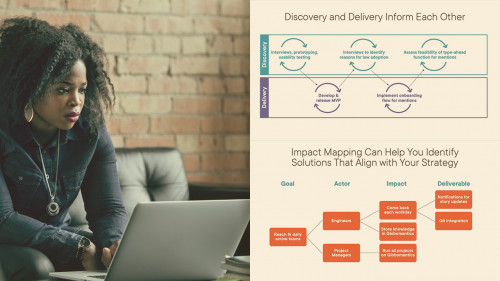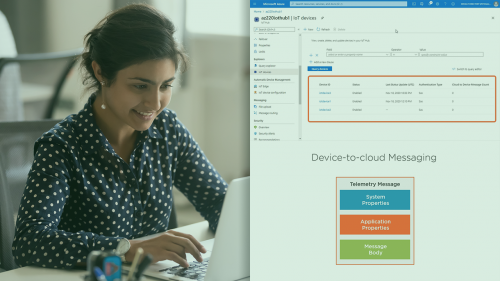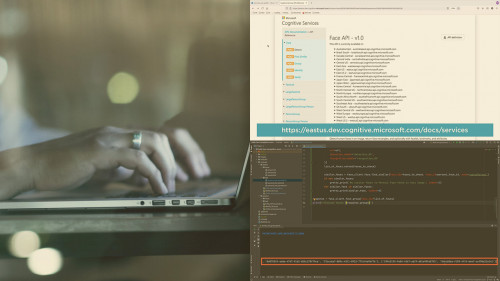
PluralSight – Exploring Product Management Philosophies And Frameworks Bookware-KNiSO
English | Size: 162.59 MB
Category: Management
Product Management is a craft whose concepts can seem simple, but take deep understanding and practice to master.

PluralSight – Exploring Product Management Philosophies And Frameworks Bookware-KNiSO
English | Size: 162.59 MB
Category: Management

PluralSight – Azure Arc And Azure Lighthouse-first Look Bookware-KNiSO
English | Size: 63.91 MB
Category: Tutorial

PluralSight – Microsoft Azure Iot Developer-build Device Messaging And Communication Bookware-KNiSO
English | Size: 67.09 MB
Category: Azure

PluralSight – Understanding Culture Intelligence Bookware-KNiSO
English | Size: 166.69 MB
Category: Business

PluralSight – Build A Face Recognition Solution With Microsoft Azure Face Api Bookware-KNiSO
English | Size: 490.54 MB
Category: Azure